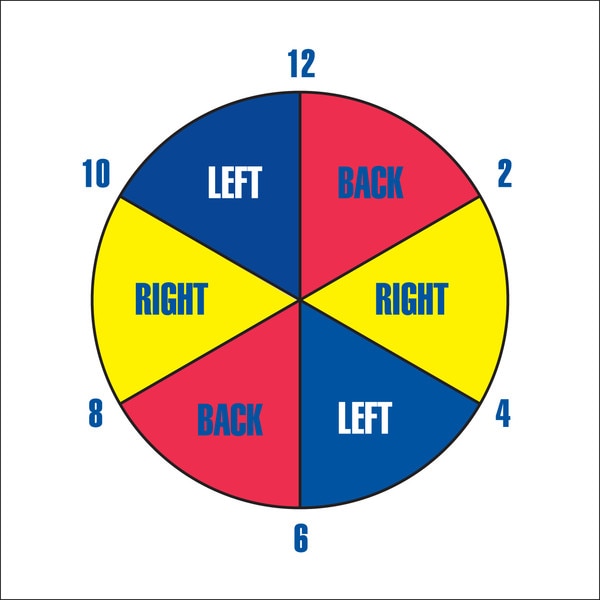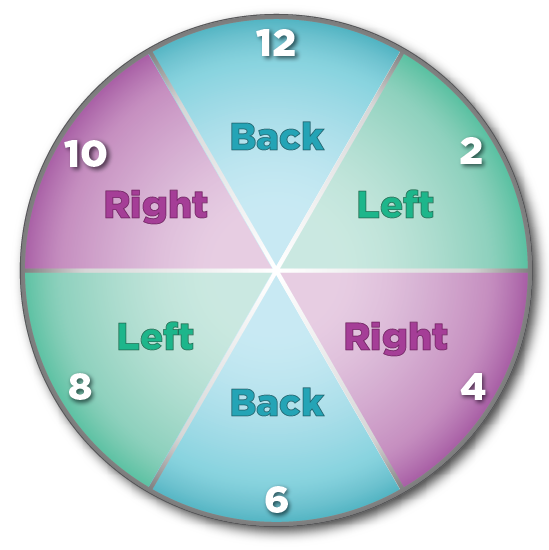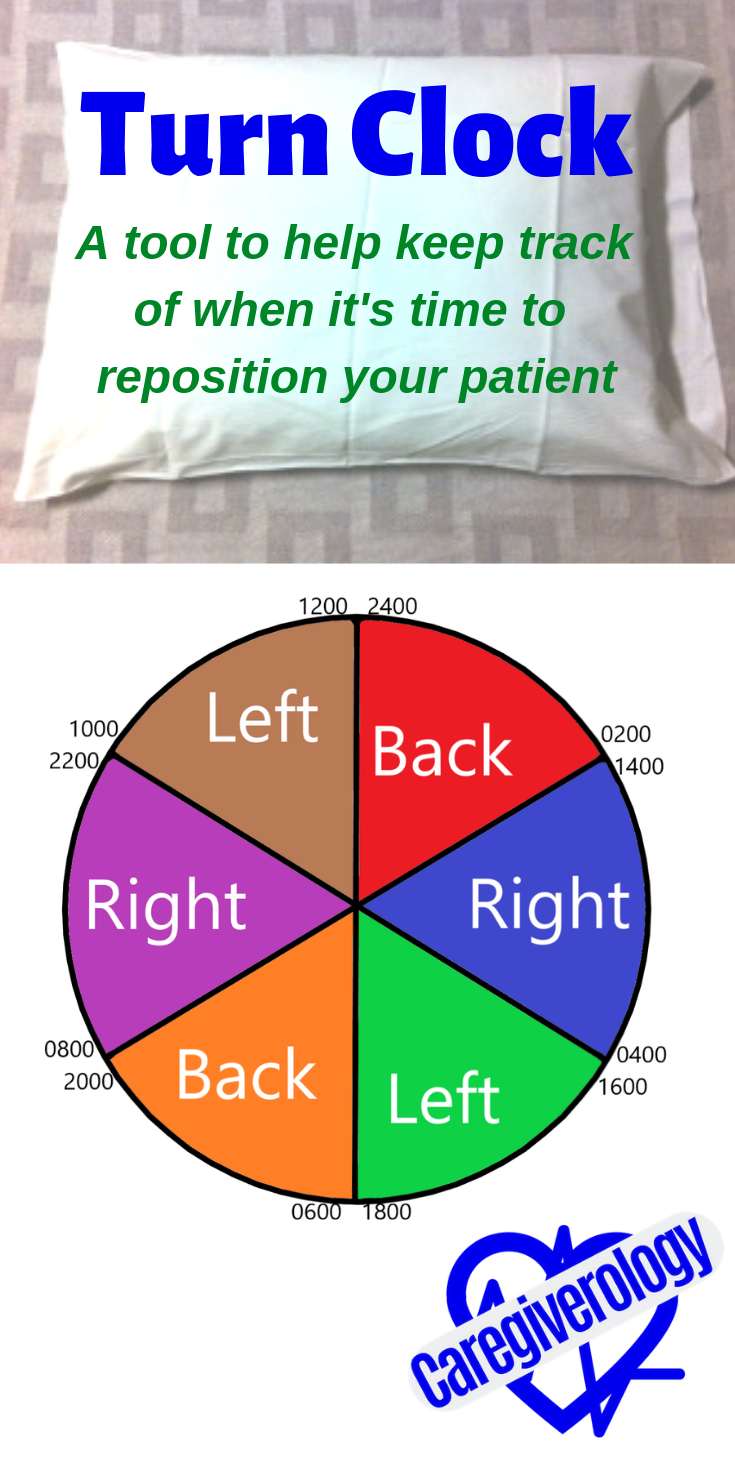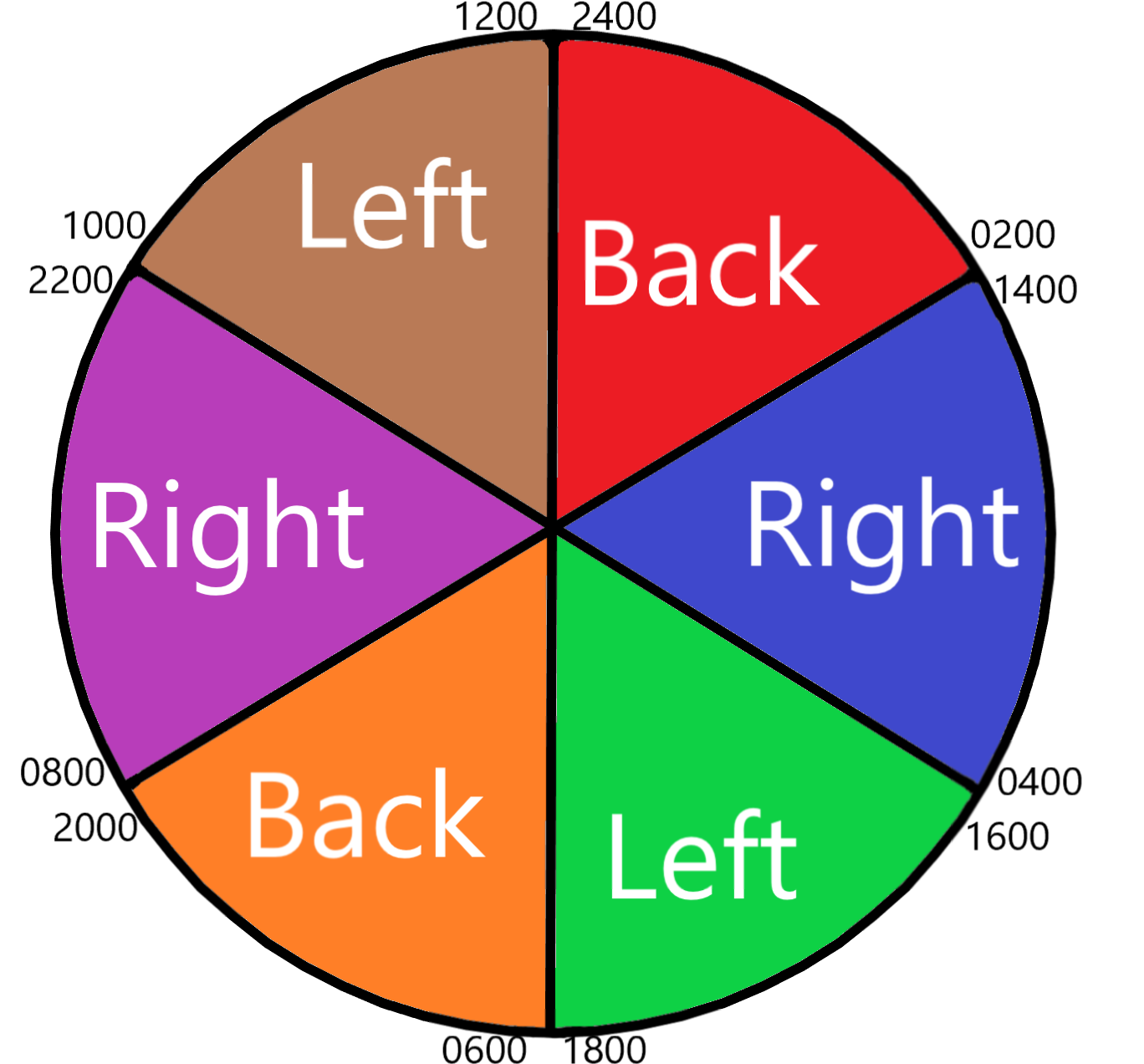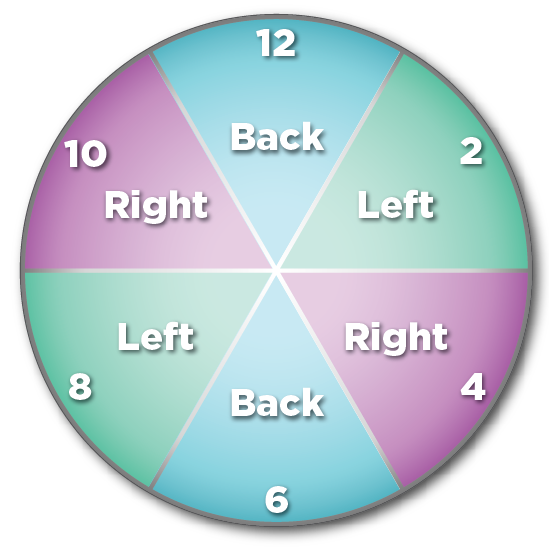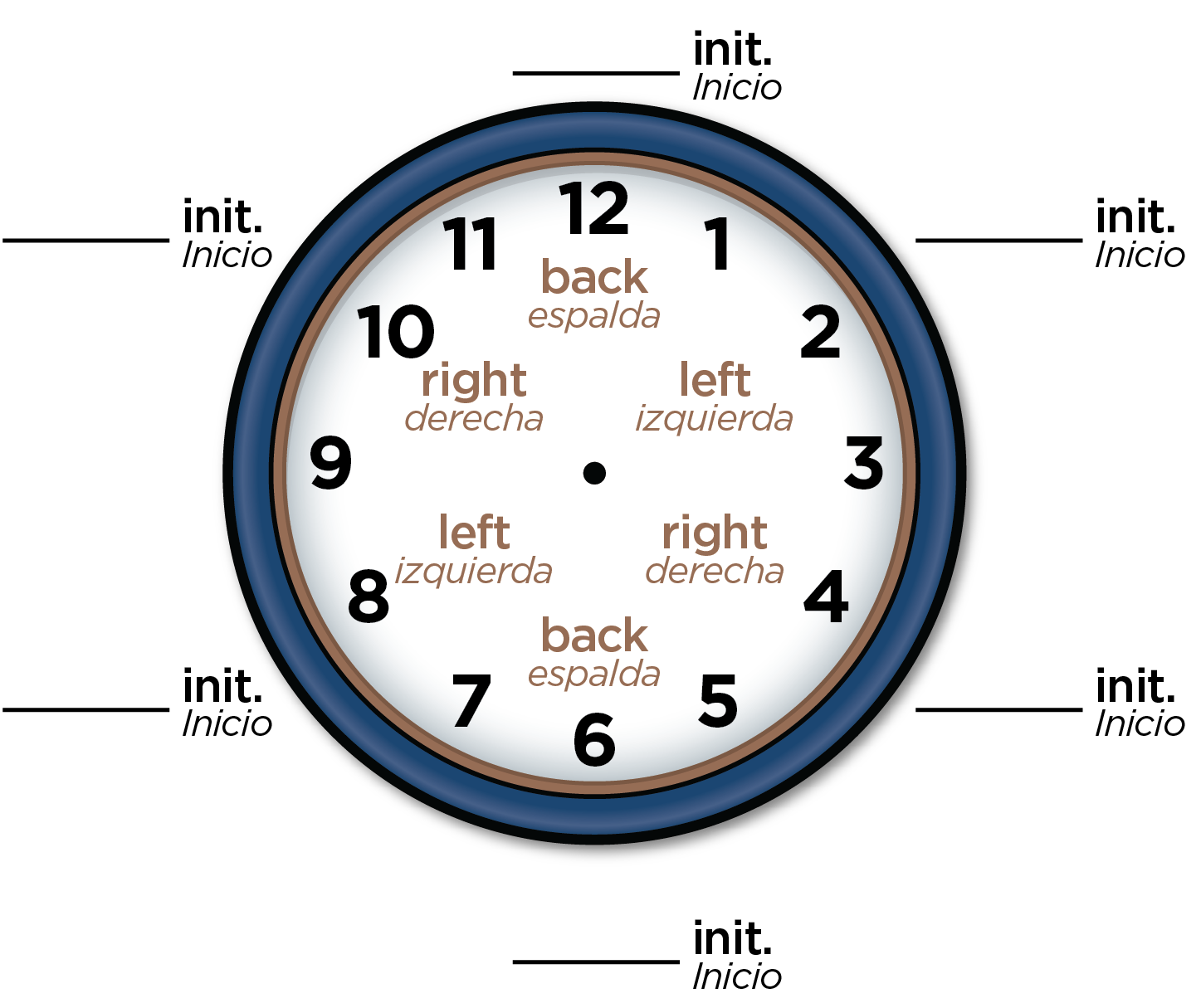Turning Schedule Clock
Turning Schedule Clock - Pressure injury prevention turning and repositioning tools. The hourly patient turning chart is used to track and document the frequency at which a patient needs to be turned while in the hospital bed. Turning schedule* *supine/back position is intentionally omitted from schedule due to frequent incidental supine positioning throughout the day (e.g. The turning clock is an interactive communication tool placed at resident’s bedside that outlines the individual positioning plan including; This helps to prevent complications such as. Frequency of positioning, the type of.
This helps to prevent complications such as. Frequency of positioning, the type of. Turning schedule* *supine/back position is intentionally omitted from schedule due to frequent incidental supine positioning throughout the day (e.g. The turning clock is an interactive communication tool placed at resident’s bedside that outlines the individual positioning plan including; The hourly patient turning chart is used to track and document the frequency at which a patient needs to be turned while in the hospital bed. Pressure injury prevention turning and repositioning tools.
Frequency of positioning, the type of. The turning clock is an interactive communication tool placed at resident’s bedside that outlines the individual positioning plan including; Turning schedule* *supine/back position is intentionally omitted from schedule due to frequent incidental supine positioning throughout the day (e.g. The hourly patient turning chart is used to track and document the frequency at which a patient needs to be turned while in the hospital bed. This helps to prevent complications such as. Pressure injury prevention turning and repositioning tools.
Printable Turning Schedule Clock
Pressure injury prevention turning and repositioning tools. This helps to prevent complications such as. The turning clock is an interactive communication tool placed at resident’s bedside that outlines the individual positioning plan including; Frequency of positioning, the type of. Turning schedule* *supine/back position is intentionally omitted from schedule due to frequent incidental supine positioning throughout the day (e.g.
Printable Turning Schedule Clock
The turning clock is an interactive communication tool placed at resident’s bedside that outlines the individual positioning plan including; Turning schedule* *supine/back position is intentionally omitted from schedule due to frequent incidental supine positioning throughout the day (e.g. The hourly patient turning chart is used to track and document the frequency at which a patient needs to be turned while.
Printable Turning Schedule Clock
The turning clock is an interactive communication tool placed at resident’s bedside that outlines the individual positioning plan including; This helps to prevent complications such as. Frequency of positioning, the type of. The hourly patient turning chart is used to track and document the frequency at which a patient needs to be turned while in the hospital bed. Turning schedule*.
Printable Turning Schedule Clock
Frequency of positioning, the type of. The hourly patient turning chart is used to track and document the frequency at which a patient needs to be turned while in the hospital bed. Turning schedule* *supine/back position is intentionally omitted from schedule due to frequent incidental supine positioning throughout the day (e.g. Pressure injury prevention turning and repositioning tools. The turning.
How to Reposition a Patient Properly Caregiverology
Turning schedule* *supine/back position is intentionally omitted from schedule due to frequent incidental supine positioning throughout the day (e.g. Frequency of positioning, the type of. Pressure injury prevention turning and repositioning tools. This helps to prevent complications such as. The hourly patient turning chart is used to track and document the frequency at which a patient needs to be turned.
A rounding clock assists nursing with regular, recurrent rounding to
The turning clock is an interactive communication tool placed at resident’s bedside that outlines the individual positioning plan including; The hourly patient turning chart is used to track and document the frequency at which a patient needs to be turned while in the hospital bed. Pressure injury prevention turning and repositioning tools. This helps to prevent complications such as. Turning.
Printable Turning Schedule Clock Printable Word Searches
Turning schedule* *supine/back position is intentionally omitted from schedule due to frequent incidental supine positioning throughout the day (e.g. Frequency of positioning, the type of. The turning clock is an interactive communication tool placed at resident’s bedside that outlines the individual positioning plan including; The hourly patient turning chart is used to track and document the frequency at which a.
Turning Schedules on your Hospital board
Pressure injury prevention turning and repositioning tools. The hourly patient turning chart is used to track and document the frequency at which a patient needs to be turned while in the hospital bed. Turning schedule* *supine/back position is intentionally omitted from schedule due to frequent incidental supine positioning throughout the day (e.g. This helps to prevent complications such as. Frequency.
Printable Turning Schedule Clock
Turning schedule* *supine/back position is intentionally omitted from schedule due to frequent incidental supine positioning throughout the day (e.g. The turning clock is an interactive communication tool placed at resident’s bedside that outlines the individual positioning plan including; This helps to prevent complications such as. The hourly patient turning chart is used to track and document the frequency at which.
Pin on Lukas en Thomas
Pressure injury prevention turning and repositioning tools. This helps to prevent complications such as. The turning clock is an interactive communication tool placed at resident’s bedside that outlines the individual positioning plan including; Frequency of positioning, the type of. The hourly patient turning chart is used to track and document the frequency at which a patient needs to be turned.
Frequency Of Positioning, The Type Of.
The hourly patient turning chart is used to track and document the frequency at which a patient needs to be turned while in the hospital bed. Pressure injury prevention turning and repositioning tools. This helps to prevent complications such as. The turning clock is an interactive communication tool placed at resident’s bedside that outlines the individual positioning plan including;
